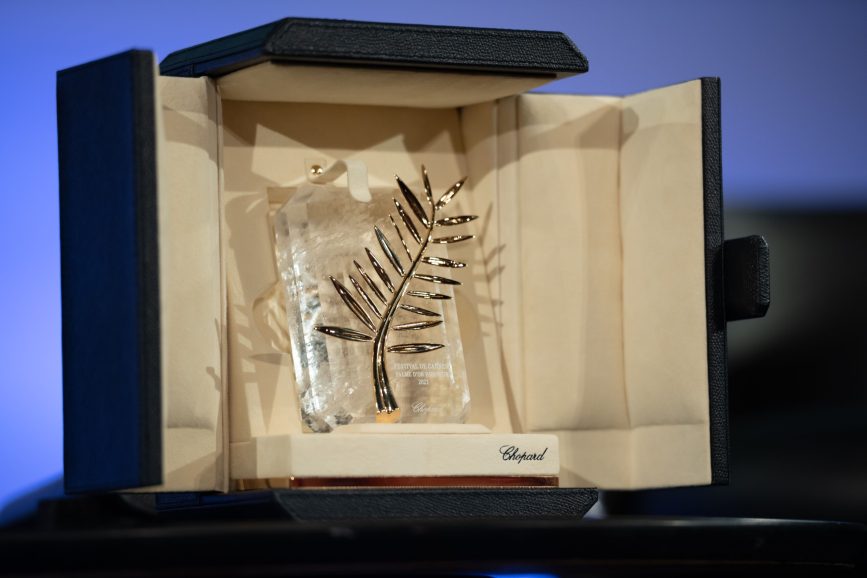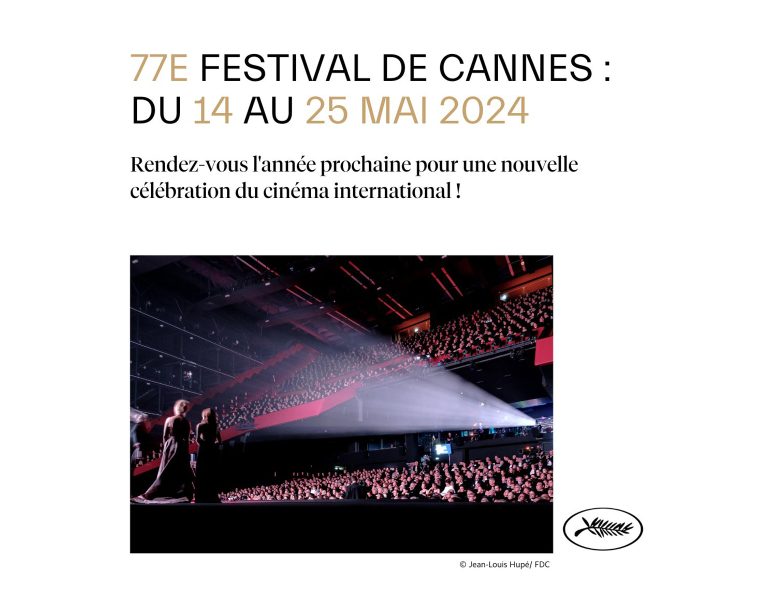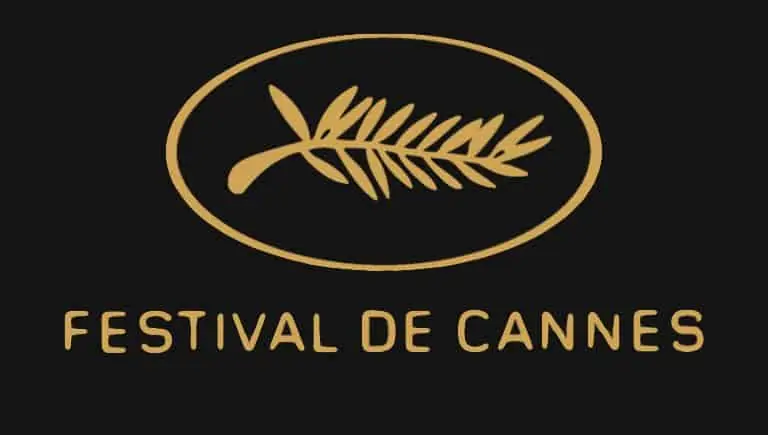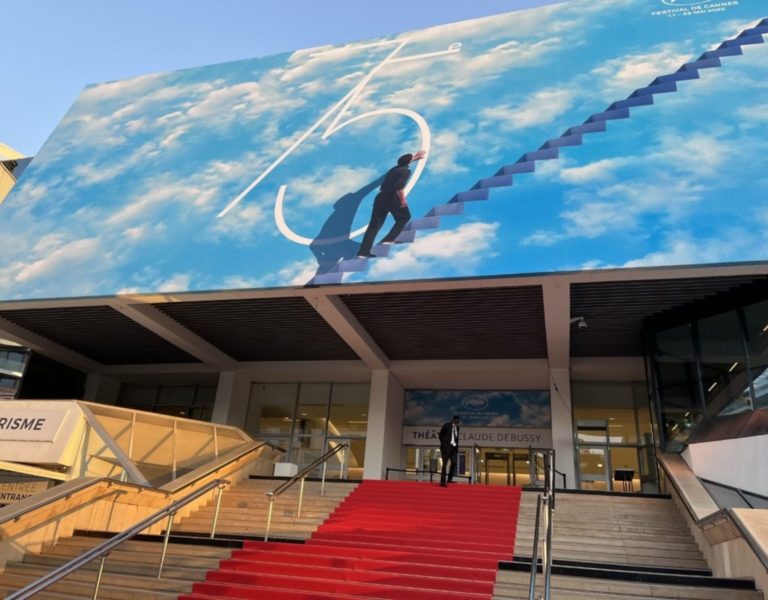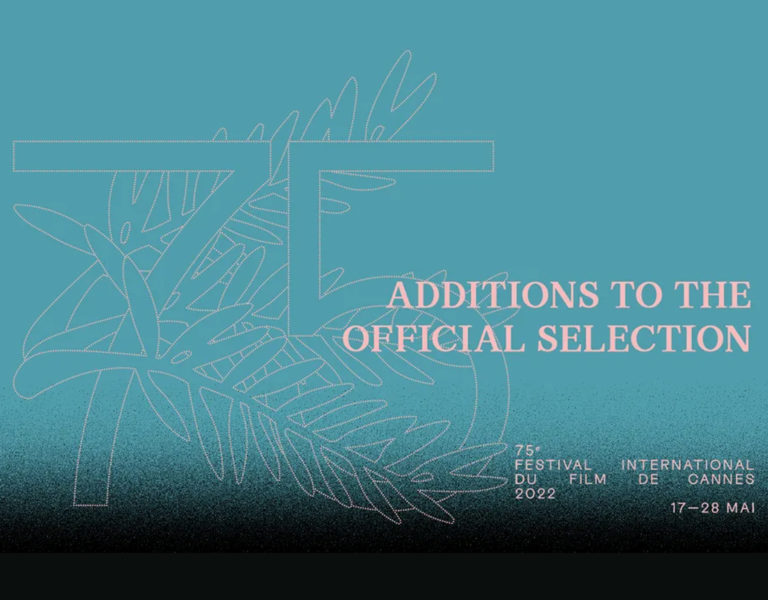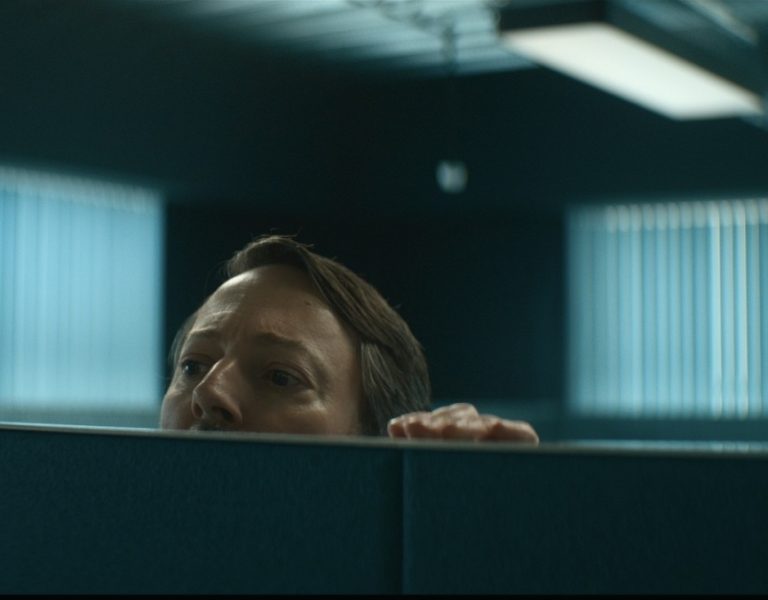CRAFT ON THE CROISETTE
Standout films can captivate thanks to stunning visuals, but they also need gripping stories. These rules also apply to Cannes Film Festival. Even though this renowned event reaps the benefits of its mythos and marketing – it needs stars, stories (and sometimes even the odd scandal) to attract worldwide attention.
The 76th Cannes Film Festival kicked off with epic historical drama Jeanne du Barry by French filmmaker, actress, and model Maïwenn. Maïwenn took the lead role of the cheeky concubine who swanned through Louis XV’s castle. The opulent gowns in this costume drama were designed by French fashion house Chanel, one of the luxury brands that provide extraordinary outfits to those attending Cannes’ red-carpet ceremony. At the opening event, Hollywood star Johnny Depp, who stars in Jeanne du Barry as the initially “beloved” and later the “unloved” French monarch, was honoured with a seven-minute-long standing ovation. Due to the media-generated mudslinging during his divorce proceedings, Depp’s presence was criticised as a faux pas. Depp is extraordinary in the film in a role which is “difficult”, emphasised Cannes Film Festival chief Thierry Frémaux. “For the rest, I’m the last person to talk to about this because if there is one person in the world who is not interested in this mediatised process, it’s me.”
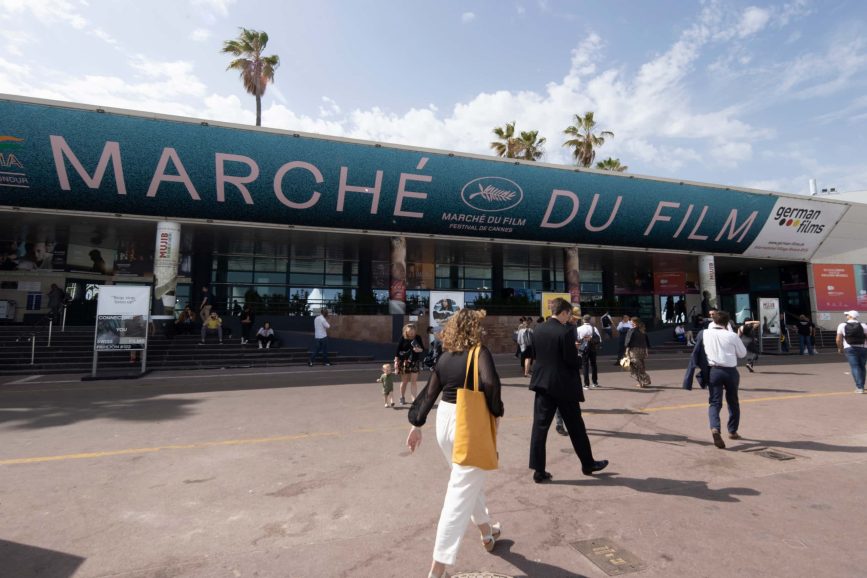
Marital disputes, misperceptions, and subjective interpretations are part of the complex drama Anatomy of a Fall, which won French filmmaker Justine Triet the festival’s highest prize, the Palme d’Or. The driving force in the courtroom thriller is German actress Sandra Hüller, who made a splash in Cannes with dark comedy Toni Erdmann in 2016 and was also lead actress in this year’s competition film The Zone of Interest.
Anatomy of a Fall was shot by French DP Simon Beaufils with a Hawk V-Lite anamorphic lens mounted on an ARRI Alexa Mini LF in a 1.85:1 aspect ratio. In the opening sequence, a ball plunges down a staircase. The falling ball is more than just a metaphor. A writer (Hüller), who lives with her husband (Samuel Theis), and their son who has lost his eyesight (Milo Machado Graner) in a chalet in the French Alps, is suspected of murder after her husband dies. It is unclear whether his three-storey fatal fall was suicide or homicide, because the couple had a fight beforehand.
The complete disregard of the truth is the theme of the disturbing film The Zone of Interest by British director Jonathan Glazer. Based on the eponymous novel by the late Martin Amis, this constricting feature film gives an insight into the life of the concentration camp commandant Rudolf Höß (Christian Friedel) and his wife Hedwig (Hüller), who enjoy a privileged family life while living next-door to the Auschwitz concentration camp. They ignore the shouting and the sound of gunshots—as if it were ordinary background noise—on the other side of the wall that separates the concentration camp from their house. They disregard the human bones they see when they swim in the sea, as well as the smoke rising from the smokestacks of the crematoria. “The world we live in is very dangerous and receptive for this kind of idea. Everybody can take a look and decide what he won’t see or forget,” says Hüller, who took the leading role because she was interested in Glazer’s exceptional style.
The film was shot by Polish Academy award-winning DP Łukasz Żal PSC, who also created the visual concepts for Ida and Cold War. The characters’ lack of emotion is reinforced by static camerawork. The camera remains distant; it doesn’t capture the faces of the protagonists. The intense film – shot on a Sony Venice Rialto camera, using a Leitz M 0.8 lens – was the favoured contender for the Palme d’Or, but instead received the second most important prize at the Cannes festival, the Grand Jury Award.
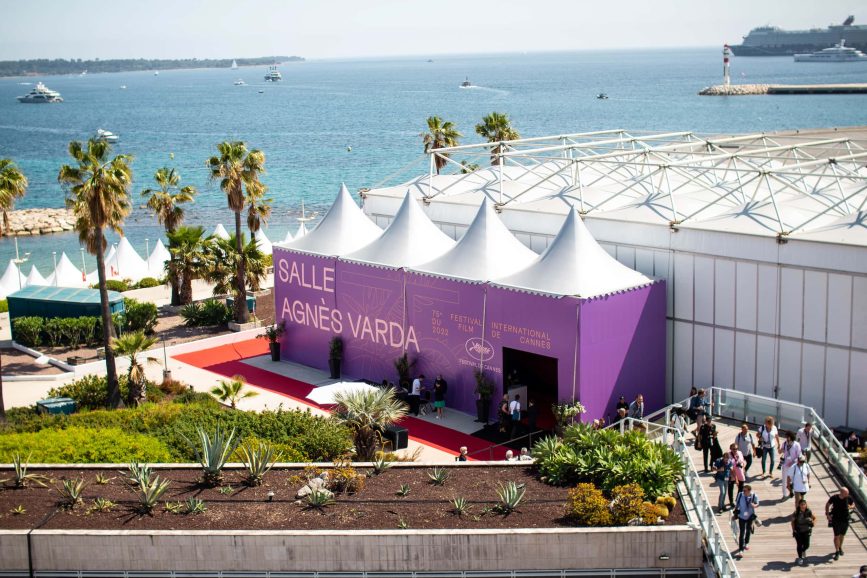
Speaking in a press conference at the festival, Glazer commented on the “tool-led” process of shooting the film: “We knew we were going to use cameras that are as sharp as possible and that show every corner of the frame, and that we’d position them, so they don’t interrupt the natural flow of thought and movement of the actors.”
Żal spoke about working with up to 10 cameras shooting simultaneously in different areas of the house and garden: “Sometimes the cameras were visible, sometimes we hid them. The goal was not to make the set look like a movie set, it had no gear, no light, just the cameras and lenses as small as possible and focus pullers hidden in a container. We were in a basement working with monitors, so there were no crew on set.”
Other films in competition included Wim Wenders’ Perfect Days (Cin: Franz Lustig); Wes Anderson’s Asteroid City (Cin: Robert Yeoman ASC); Ken Loach’s The Old Oak (Cin: Robbie Ryan BSC ISC); Karim Aïnouz’s Firebrand (Cin: Hélène Louvart AFC); and Todd Haynes’ May December (Cin: Christopher Blauvelt).
In a press conference for May December, Julianne Moore (who plays one of the lead roles alongside Natalie Portman and Charles Melton) discussed working with director Haynes: “You know where you are in the story by how he’s framed you. It frees you so much as an actor. He’s so meticulous with his storytelling, visually, linguistically…emotionally and intellectually.”
When Wes Anderson and some members of his latest creation Asteroid City’s vast ensemble cast gathered to speak to press, the director said: “I’m particularly drawn to the old techniques. We shoot on film and the way we work is probably a lot more similar to the way a movie was made in 1930 than most movies made now.”
A heart-warming entry in competition was touching bittersweet comedy Fallen Leaves by Finnish director Aki Kaurismäki who continues his “working class trilogy,” for which, together with DP Timo Salminen, he developed a visual concept characterised by a static camera and desaturated colour schemes. In his laconic and humorous way, the filmmaker brings together two lost souls, who have just lost their jobs, in a karaoke bar. As news of the war in the Ukraine breaks on the radio, this couple remain untalkative when they meet for coffee or take in a screening of Jim Jarmusch‘s film The Dead Don’t Die. Nevertheless, they are uncertain whether they should seize this last chance for romance. When the photo call for the premiere of the film was about to start, Kaurismäki, who stands head and shoulders above Thierry Frémaux, was coy and playful, facetiously trying to hide behind the festival director. But in the end, the Finnish filmmaker went on stage to accept the Jury Prize.
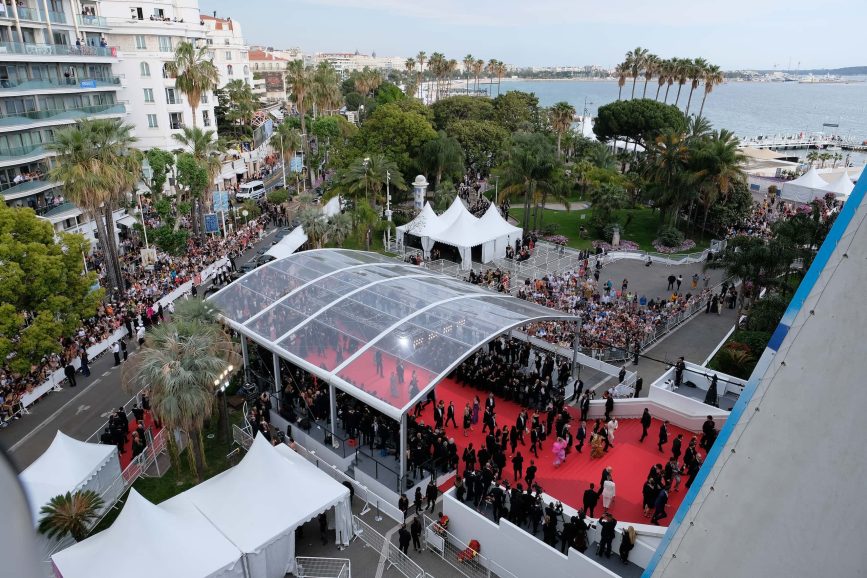
The prize for the best script went to Japanese director Kore-eda’s school drama Monster. A teacher is harshly criticised for using violence to punish a student; however, the problem is not as simple as it seems. A teacher also gets into trouble in the drama About Dry Grass by Turkish filmmaker Nuri Bilge Ceylan, who is known for his Slow Cinema style which uses long static shots that allow viewers to discover the landscape. In a wide-angle opening sequence, a man clears a path through snow in rural Anatolia. The art teacher from Istanbul is irritated with just about everything in this remote area until he becomes fascinated by a young female student. But when he doesn’t fulfil the expectations of the fourteen-year-old girl, she accuses him of molesting her. All seems lost until a female colleague helps him regain his perspective. Merve Dizdar, who played the English teacher, received the best actress award.
In the Austrian competition film Club Zero by Jessica Hausner, a young teacher manipulates her students, promising they will live forever once they stop eating. The students are asked to keep their membership in “Club Zero” a secret. DP Martin Gschlacht AAC shot this social satire on an Alexa Mini LF. The students’ homes are shot in gaudy colours, while at school, the students’ clothing fades to pastel shades.
The Alexa Mini LF was also the workhorse for DP David Ungaro AFC when he shot Black Flies, a vivid drama that catapults the viewer into an intense and colorful sequence of images. When the ambulance’s flashing lights and siren switch on, the adrenaline level of the experienced New York emergency medical technician (Sean Penn) shoots straight up. His shift is hell because the EMS technicians not only have to fight to save a person’s life, but they also must fight to save their own lives in an urban environment that is no different from a war zone. Director Jean-Stéphane Sauvaire sends them on a tour de force where Taxi Driver meets Bringing out the Dead.
Premieres and panels
This year, Cannes veteran and 1976 Golden Palm winner, producer/director Martin Scorsese presented three-and-a-half-hour epic Killers of the Flower Moon about the genocide of Native American, which premiered out of competition in Cannes. Based on David Grann’s acclaimed nonfiction book about the Osage Murders, the tragedy stars Robert DeNiro as a spiritual ancestor of Al Capone, and Leonardo DiCaprio as his grandson, who has to marry a rich woman from the Osage tribe (Lily Gladstone).
Money and its violent acquisition are subjects that Scorsese frequently tackles in his movies. The opening sequence of his $200 million western establishes ominous overtones when bloodlike drops of black oil spray the credits. The tragedy takes its course during an Osage burial ceremony at the end of the nineteenth century. In this key scene, an oil geyser explodes in the parched earth, and as a result the young tribesmen jump euphorically into the air in slow-motion while enjoying this shower of black gold. The intriguing cinematography was created by Rodrigo Prieto ASC AMC, who had already digitally de-aged DeNiro for his performance in The Irishman.
Thanks to sophisticated de-aging technology, eighty-year-old Harrison Ford was rendered forty years younger for Indiana Jones and the Dial of Destiny, screened out of competition at the festival. In James Mangold‘s fifth installment of the Indiana Jones series, the handmade charm of the older movies is supplanted by CGI effects. Nevertheless, principal photography kept Greek DP Phedon Papamichael ASC GSC busy: “I had a crew of 800 people, pre-lighting six stages at Pinewood.” The return of the Raiders of the Lost Ark was celebrated with standing ovations in Cannes, while Harrison Ford was awarded an Honorary Palm in recognition of his lifetime achievement. “They say when you are about to die, you see your life flash before your eyes,” said Ford. “And I just saw my life flash before my eyes, a great part of my life, but not all of my life.”
Huge film productions require many resources. Therefore, strategies and solutions are being developed to reduce films’ carbon footprint. At Cannes Film Festival, international industry experts offered insights into different approaches at a panel discussion called “Drivers of Sustainability in Europe”, hosted by the Sardegna Film Commission and Green Film Shooting, in collaboration with Cinecittà and Italian Film Commissions and moderated by Birgit Heidsiek. In Germany, eco-friendly production standards are becoming mandatory for film productions from 1 July 2023 onward.
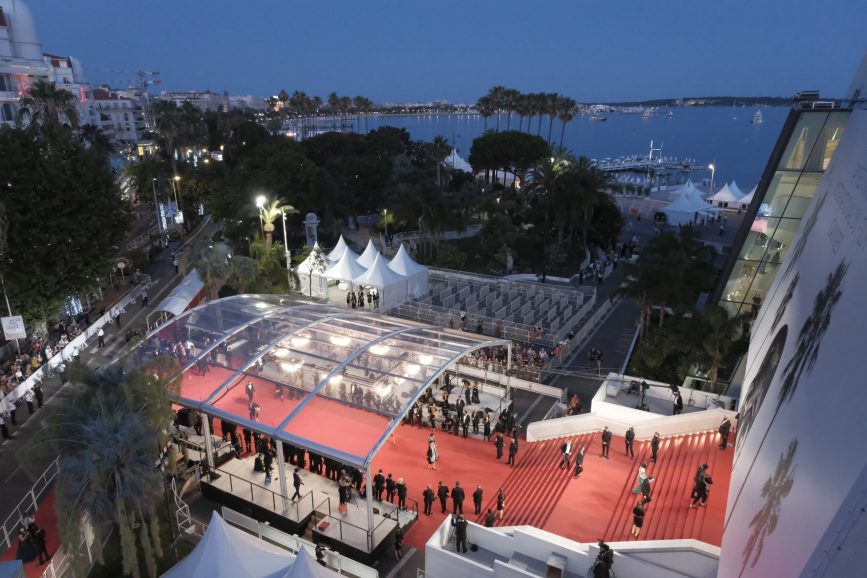
In France, the French film fund CNC is requesting that producers compile a carbon calculation and submit the resulting report. In Italy, green film production was pioneered by the Sardegna Film Commission, which introduced a program on this as well as on green storytelling, in 2014. In Spain, the Mallorca Film Commission began introducing green film production practices to producers in 2017. To reduce the environmental impact of co-production projects, Eurimages, the cultural support fund of the Council of Europe, introduced an additional selection criterion for its Co-production Support program in January 2023.
Elsewhere at Cannes, British Cinematographer was involved in a session in partnership with Sony featuring award-winning cinematographer Florian Hoffmeister BSC. Hosted by BC Editor Zoe Mutter, the session – which can be viewed on Sony’s website – saw Hoffmeister discuss his recent work, creative processes, inspirations and path to becoming a cinematographer.
Festivalgoers were treated to a raft of fascinating talks, many of which took place in the pavilions within the international village. Among those we enjoyed was a session at the UK Pavilion with Molly Manning Walker, the British cinematographer making her directorial debut at Cannes with How to Have Sex. Shot by Canadian cinematographer Nicolas Canniccioni, the film follows three teenage girls on a clubbing holiday and won the top prize in Cannes Un Certain Regard which is focused on arthouse, artistically daring films.
Speaking to us following her win, Manning Walker said: “Something like this – such a crazy moment. We finished the film on the Friday before Cannes, so we really didn’t know how it would be received. The whole experience has been a crazy beautiful blur. I’m now really looking forward to getting it out in the world.”
During her talk at the UK Pavilion, Manning Walker spoke about what it was like to not take on the role of cinematographer on the film, as she has on previous projects: “I desperately wanted my hands on the camera, I had to meditate through it. But there’s no way I could have directed six actors with different storylines and extras and been behind the camera. It wasn’t easy and I did miss it. But having the experience as a DP of navigating the whole set and knowing where you need to move next really influenced everything in the film.”
This year’s Un Certain Regard selection included 20 feature films – eight of which are first features. Other winners included Mohamed Kordofani’s directorial debut Goodbye Julia (Cin: Pierre de Villiers SASC) which scooped the Freedom Prize and Kamal Lazraq’s first film Les Meutes (Hounds) (Cin: Amine Berrada) which won the Jury’s Prize. Other films in the Un Certain Regard selection we were lucky to see while at the festival included The New Boy – impressively written, directed and shot by Warwick Thornton. Set in 1940s Australia, the film follows nine-year-old Aboriginal orphan boy (newcomer Aswan Reid) whose arrival disturbs the balance of a remote monastery run by a renegade nun (Cate Blanchett).
Over at the American Pavilion, the six winners of the 2023 Emerging Filmmaker Showcase were announced. Chosen by a jury including agents, managers, producers and industry members, winners from 38 short films in competition included Logan Vaughn’s Benny & James which swept in the following categories: Best Cinematography, Best Director, Best Cast and the Jury Award for The American Pavilion’s Emerging Filmmaker.
The film was shot and produced by Robert E. Arnold and follows a man, unsettled by his imminent life-changing decision, who suspects his terrifying dream and his husband’s daunting parallel encounter might be a signal from God to cancel a long-awaited arrival.
Commenting on the win for the noir-shot story, Arnold said: “Traveling to France to attend Cannes for the first time was exciting enough on its own. To then win Best Cinematography as well as Best Cast and Best Director AND the Jury Award for The American Pavilion’s Emerging Filmmaker Showcase made the journey as both a DP and producer all the more thrilling.”
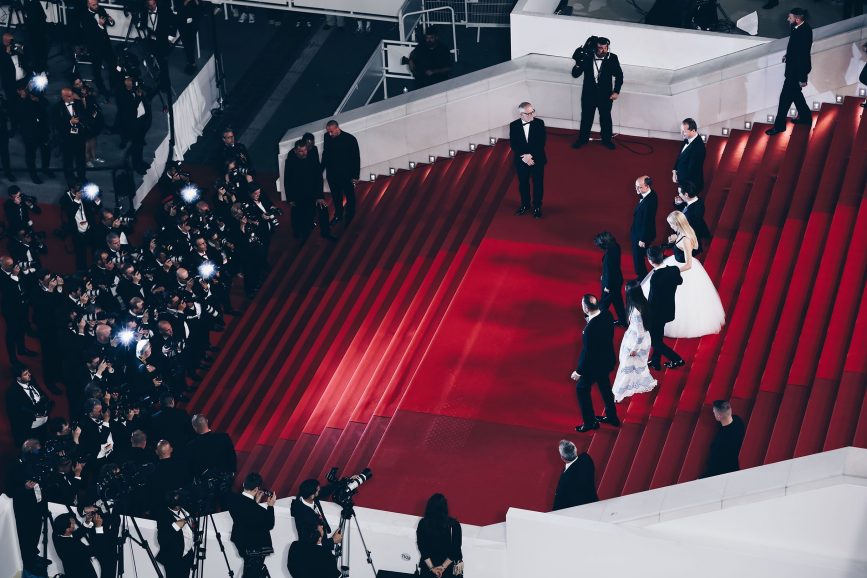
From tech treats to tributes
The festival also boasted a host of technological offerings for visitors to the Marché du Film in the form of events dedicated to virtual production and XR technologies and artificial intelligence including a virtual production studio set-up in the International Village by Film Soho and a packed line-up of sessions as part of the Cannes Next programme on the topics, trends, and innovations impacting the film and entertainment business.
Cannes attendees could access five days of virtual production activities, powered by disguise, at the festival’s inaugural Virtual Production Summit. Created in partnership with Film Soho, Marché du Film and Cannes Next, the summit featured talks, demos, and workshops on the future of entertainment with studio heads and filmmakers at companies such as Netflix, Paramount, Framestore, and Nordisk Film.
The British Cinematographer team was also delighted to attend another popular event taking place during the festival – straight 8. The global competition, launched by Ed Sayers in 1999, challenges filmmakers to make a short film on one cartridge of super 8 – no editing. The excitement in the screening room was palpable as filmmakers and film lovers gathered to see the global premiere of the shortlisted entries in Cannes. Read more about the winners in this issue’s news pages.
Ahead of the closing ceremony of the 76th Cannes Film Festival, lens specialist Angénieux celebrated the 10th anniversary of the Pierre Angénieux Tribute by dedicating it to British cinematographer Barry Ackroyd BSC, who also gave a masterclass earlier in the festival. Emmanuel Sprauel, president of the Angénieux brand, presented this year’s Angénieux trophy, a specially designed Optimo 37-102 engraved with Ackroyd’s name.
Since 2018, Angénieux has also highlighted the work of a young cinematographer during the ceremony. This year, the spotlight shone on Egyptian DP Haya Khairat and her work as she received the Angénieux Special Encouragement award.
Accepting her award, Khairat said: “Thank you so much for giving me the chance to be here today, paving the way for an Arab cinematographer and filmmaker to stand right there in the middle of a very male dominated career, letting me pave the way for many other women too.”
The ceremony drew to a close with a moving screening of video messages of congratulations from those who have worked with or crossed paths with Ackroyd including directors Paul Greengrass, Kathryn Bigelow, Park Chan-wook, Stephen Poliakoff, Jay Roach, Stuart Townsend, and actor John Lithgow. The video concluded with a message from British director Ken Loach with whom Ackroyd has formed a strong bond across the 12 films they have made including 2006 Palme d’Or winner The Wind that Shakes the Barley. While Roach’s film The Old Oak was screened as part of the Official Competition at the Lumière Theatre, the British director insisted on paying tribute to his friend Ackroyd from the screen in the Buñuel hall of the festival.
Commenting on receiving the award, Ackroyd – whose career you can read about in this issue’s Visionary profile – said: “It’s been overwhelming! To be amongst the cinematographers that were previously highlighted who are geniuses, to be part of that, it feels incredible.”
